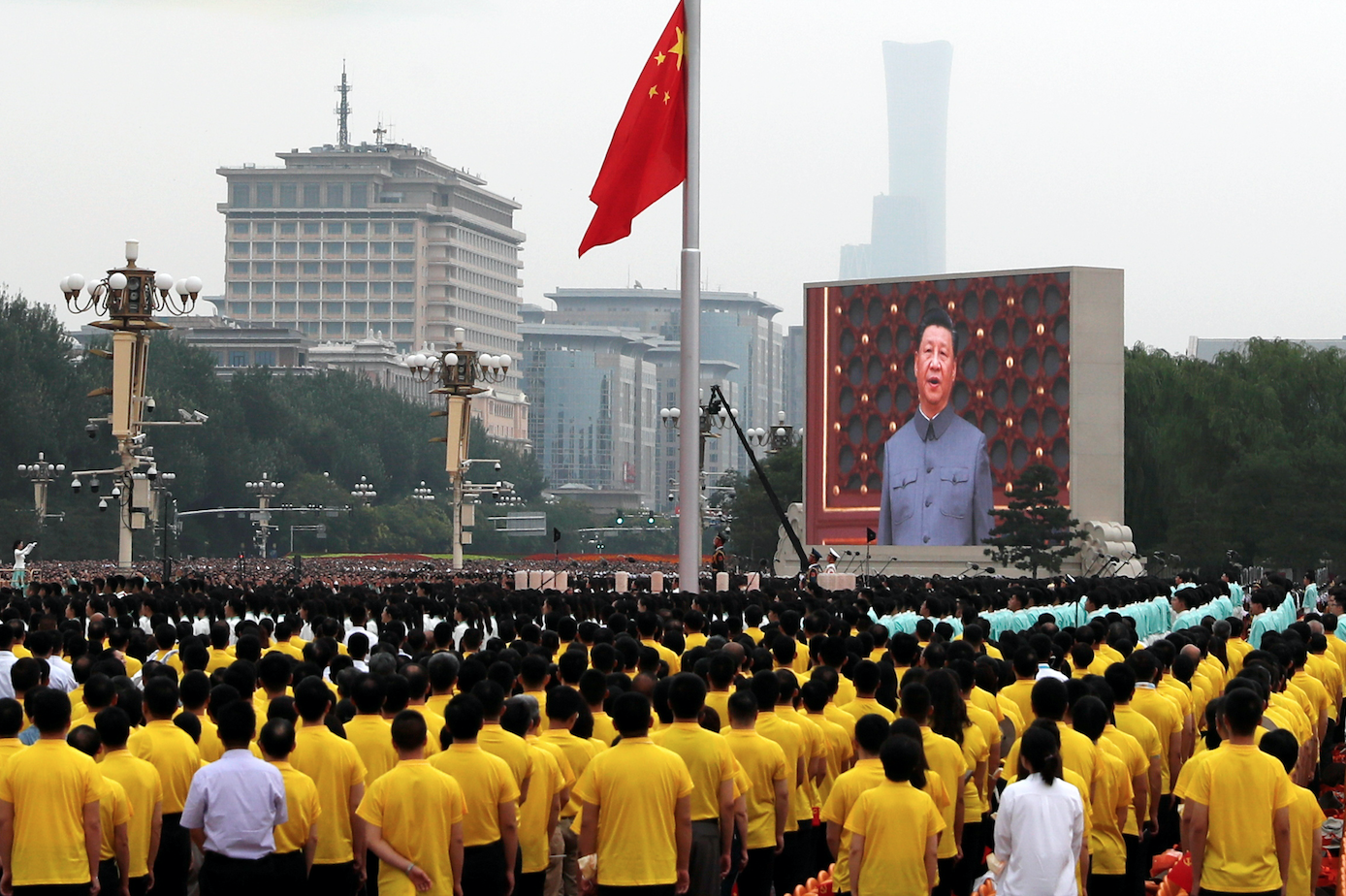
Bill Bishop is (literally) the original Substacker.
In the spring of 2017, Bishop – an American media entrepreneur who previously lived and worked in Beijing – was preparing to start charging readers for his China-focused blog/email newsletter.
In October of that year, after being approached by one of the founders of Substack, former journalist Hamish McKenzie, he became the newsletter platform’s first writer.
Today, Substack is home to thousands of newsletters. The platform has millions of readers a month and says that its writers collectively have more than 500,000 paying subscribers.
Bishop’s newsletter, Sinocism, had 30,000 free subscribers (built up since 2012) when it launched on Substack, and a fair few of them decided to start paying immediately.
“On the first day I was at over $100,000 in revenue for the year,” says Bishop, who became an early investor in Substack after launching his newsletter. “So it was a great start. And it grows every year.”
Click here to subscribe to Press Gazette’s must-read newsletters, Future of Media and Future of Media US |
The appeal of Substack for Bishop and others is that the platform handles the technical side of the business – enabling writers to easily send out newsletters and collect payments. In return, Substack takes a 10% cut of paid subscriptions.
Bishop does not say what his annual revenues are currently – “more than zero, less than a million”. But he does reveal that Sinocism today has more than 90,000 subscribers and that a “single-digit percentage” of these people pay for his premium edition. He charges $15 a month, or $168 a year.
‘I wouldn’t be doing my newsletter if I was living in Beijing now’
 Bishop, a co-founder of CBS MarketWatch – which is now part of Dow Jones/News Corp – lived and worked in China between 2005 and 2015.
Bishop, a co-founder of CBS MarketWatch – which is now part of Dow Jones/News Corp – lived and worked in China between 2005 and 2015.
He first started Sinocism as a blog during this period. In 2012, China’s “great firewall” of internet regulation forced him to start sharing his content by email.
After moving to Washington DC in 2015, Bishop continued to write Sinocism, which provides readers with analysis, commentary and links to the biggest news about China.
Sinocism says its audience is made up of investors, policymakers, executives, analysts, diplomats, journalists, scholars, and others.
Bishop, who studied China academically and speaks Mandarin Chinese, describes himself as an “analyst, commentator and meta-editor”.
Reporters working in China often report instances of being followed or disrupted in their work. Bishop says that he had no apparent issues when living in Beijing, possibly because he was “never officially recognised as a journalist”.
But he adds that, because US-China relations have worsened since his move in 2015, “I wouldn’t be doing my newsletter if I was living in Beijing now. That would no doubt cause all sorts of problems for me.”
Bishop says the big stories for him in the coming years will be the length of Xi Jinping’s presidential reign – “will he become a leader for life?” – China’s relations with the West and the developed world – “how much worse does it get?” – and the fallout from Covid-19, including how and where the disease originated.
Twitter and Facebook aim to compete with Substack
Substack says its top ten writers collectively now make more than $15m a year through paid subscriptions. Bishop is no longer in the top ten but, because of his early investment in the company, their success is his success to an extent.
“I really liked the team, and I thought it was interesting,” says Bishop when asked about why he decided to invest in Substack. “But I had no idea it was going to become a noun and a verb the way it has. It seems kind of crazy. It’s really quite remarkable.”
Substack’s reputation has grown significantly over the past year or so. Several high-profile writers and public figures – including Edward Snowden, Glenn Greenwald and Dominic Cummings, the former chief adviser to UK prime minister Boris Johnson – have launched their own newsletters on the platform.
[Read more: Interview with Substack co-founder Hamish McKenzie]
But Substack is now facing serious competition. Apparently inspired by the platform’s success, both Twitter and Facebook are launching themselves into the newsletter business, with Revue and Bulletin respectively.
Bishop is not overly concerned. “Sure, it’s hard to compete in some ways with Facebook and Twitter. But at the same time – and you’ve seen this across industries – those companies are massive, and they have much bigger things they’re focused on.”
He believes Substack’s work has been validated by this new competition after the concept was initially “ignored or poo-pooed”.
“If, three years into this, the big guys weren’t paying attention, it would make me wonder whether or not this was a space worth caring about.
“Now Facebook and Twitter have made it clear that this is an area that’s very much worth caring about and fighting over.”
‘People who are very good in their niche can do extremely well’
Bishop believes the growth of Substack has been good for journalists and writers because it has made employers realise their value.
“For a long time journalists, with very few exceptions, were not really considered talent,” he says.
“And now things like Substack, Revue/Twitter, whatever the Facebook thing is, are making it much more complicated for managers at these media companies to figure out how they deal with talent.”
In the US, there have been several stories of journalists leaving established news groups to earn more for themselves on Substack.
So does Bishop think Substack is the future of journalism? Not quite.
“Really good enterprise reporting is expensive, it takes a team, it takes good editor, and a lot of times it takes a really good brand behind you.
“So it’s not like every journalist is going to be able to make the jump to become a Substacker making a couple of hundred grand a year.
“But I think people who are very good in their niche can do extremely well.”
Top picture credit: Reuters/ Carlos Garcia Rawlins
Email pged@pressgazette.co.uk to point out mistakes, provide story tips or send in a letter for publication on our "Letters Page" blog
